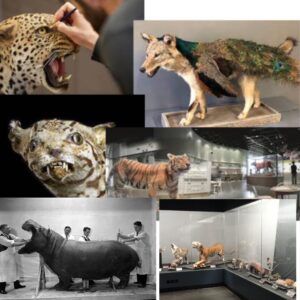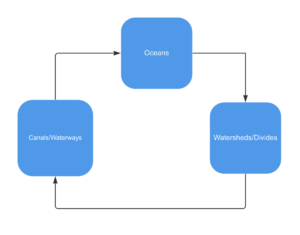Interview Canals
I interviewed a veteran of the U.S. Navy. While he spent most of his time on land as an intel officer, I thought his perspective provided an interesting lens on the topic of both expert and non-expert.
What definition comes to mind when you think of Canals?
A Connector.
How So?
The connector of bodies of water that flow into each other. Mainly in cities.
What do you believe is the main purpose of canals?
Vessel transportation of people and goods.
Do you believe there are any secondary purposes of canals?
Moving energy to an environment and allowing access to water for areas that may not have had it otherwise.
What made your mind go to waterways rather than bodily systems?
Being a coastal person and a veteran of the Navy, my mind automatically went to waterways.
To your knowledge, are canals man-made or environmentally made?
Both? [I then explained the differences to a canal and a channel that I have learned in my research]
Are you aware of the negative environmental impacts caused by canals?
I wasn’t aware and mainly thought of them as providing access and transportation and did not consider the ecosystem impact.
When holding this discussion, I realized I was not alone in my knowledge of the importance of canals outside of commerce to our environment and protection. Even when interviewing a Navy veteran, it was apparent that this is a lesser-known fact. In addition, realizing the broad range of the topic mid-way through my research between the waterway/transportation lens vs. the bodily lens (which was inspired by the Borderlands reading) it is not the first idea that comes to mind when discussing canals. Still, if you enter it into a Google search, you receive a different outcome, and the bodily canals are the first to appear in the results.


 wish to preserve their precious animals.
wish to preserve their precious animals.